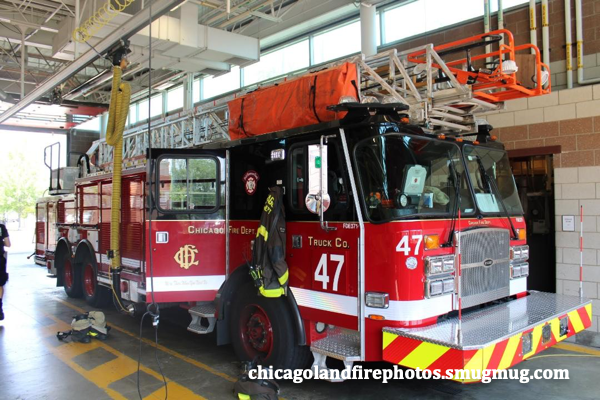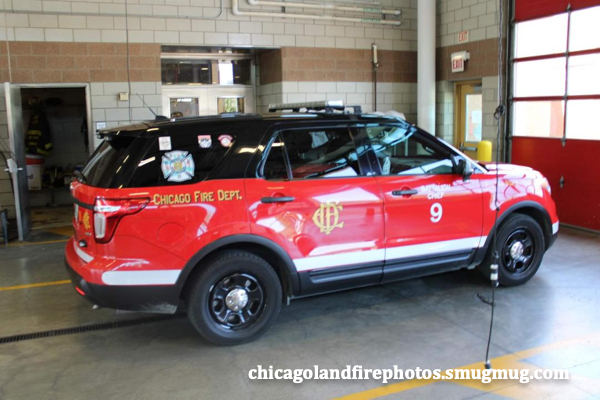From chicagolandfirephotos.smugmug.com:
a visit to cfd engine 70/59’s quarters
home toengine 70engine 59 (not there)truck 47ambo 13 (not there)battalion 9

chicagolandfirephotos.smugmug.com

chicagolandfirephotos.smugmug.com

chicagolandfirephotos.smugmug.com

chicagolandfirephotos.smugmug.com

chicagolandfirephotos.smugmug.com





























